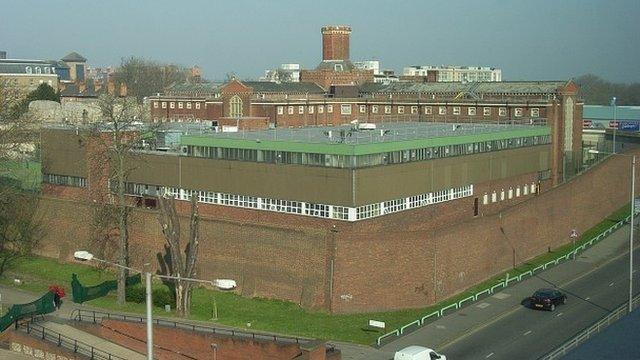Reading Prison opens doors for Oscar Wilde art project
- Published
The prison also housed prolific serial killer Amelia Dyer in 1896
A Grade II-listed prison, once home to Oscar Wilde, is opening for public tours as part of an arts project that focuses on the jail and its most famous inmate.
Reading Prison was closed by the Ministry of Justice in 2013 and its fate has since remained uncertain.
Wilde was held between 1895 and 1897 and wrote about his experience in his poem, The Ballad of Reading Gaol.
The project involves the work of artists, performers and writers.
Actor Ralph Fiennes and singer Patti Smith will be among those taking part.
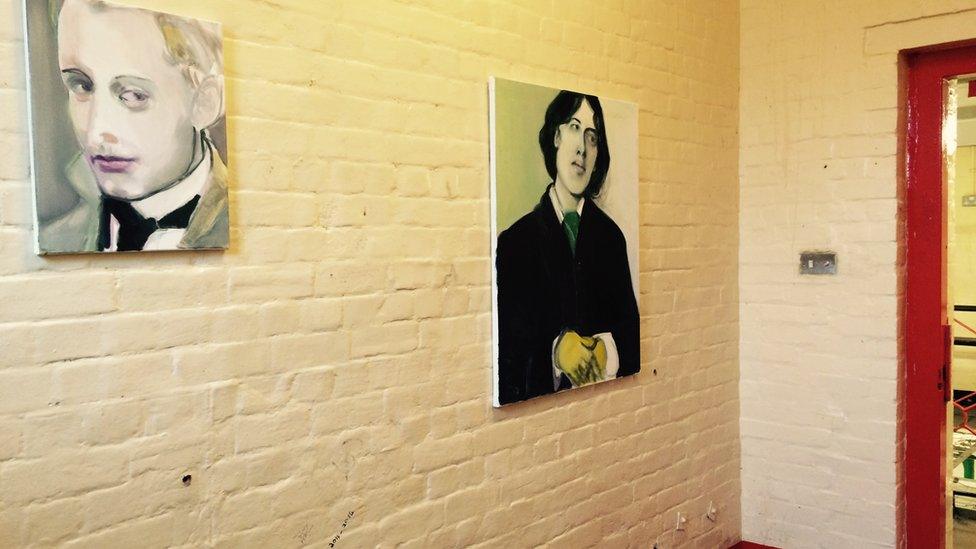
The prison is opening to the public for the first time in an arts project which focuses on the jail and its most famous inmate, Oscar Wilde
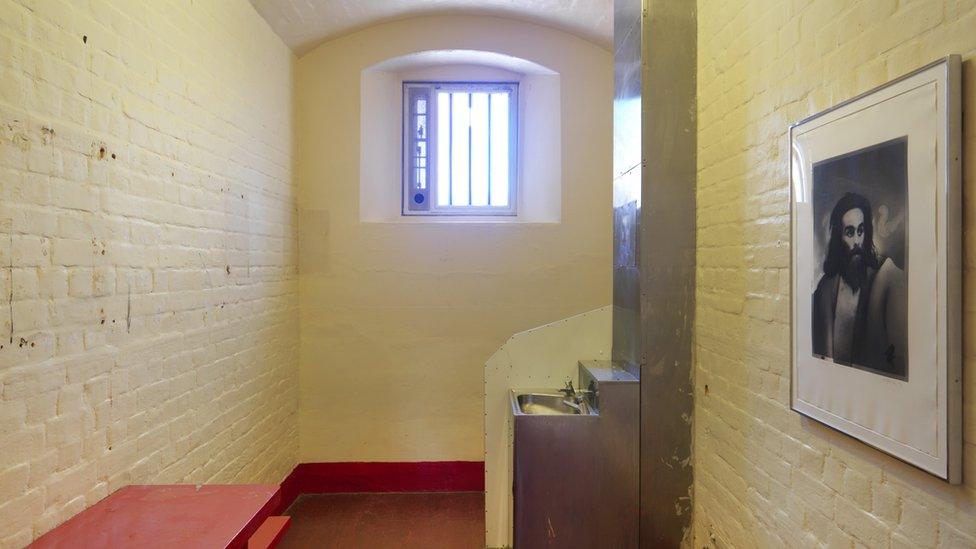
The project involves the work of artists, performers and writers. Actor Ralph Fiennes and singer Patti Smith will be among those taking part

The project has been organised by London arts organisation Artangel, in conjunction with the National Trust, which is presenting the tours
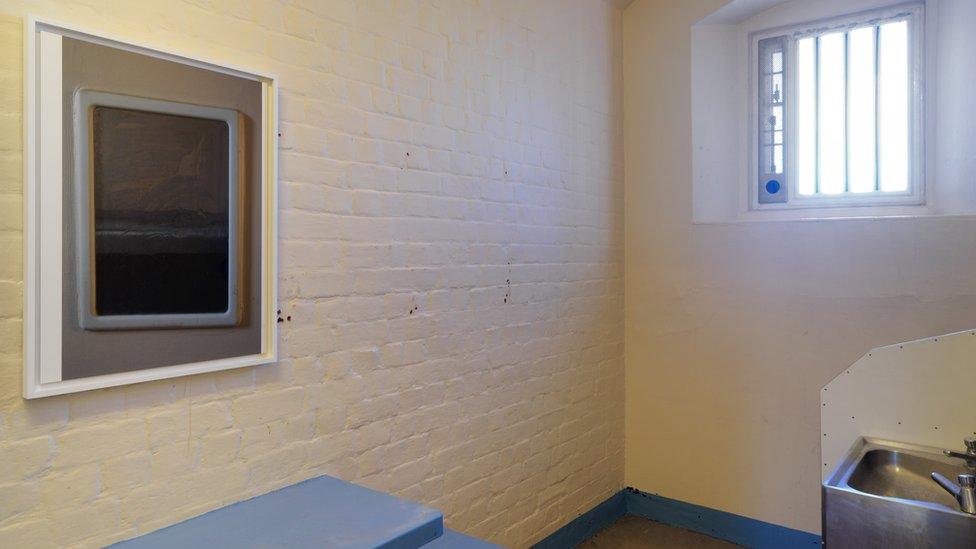
The event opens on Sunday and continues until 30 October
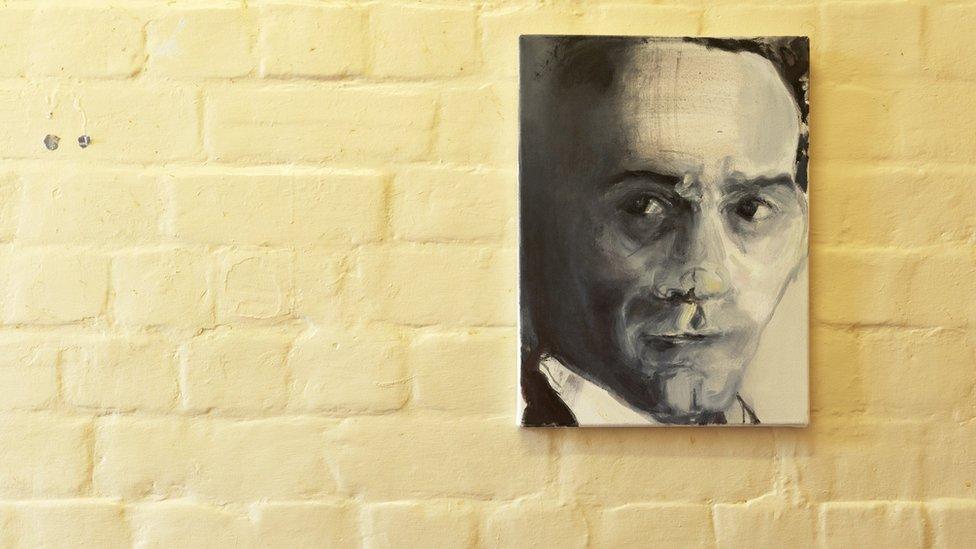
Formerly known as Reading Gaol, the prison opened in 1844 and was a working prison until 2013
Oscar Wilde was sentenced to two years with hard labour for gross indecency after his affair with Lord Alfred Douglas was exposed in 1895.
After his release, he composed The Ballad of Reading Gaol, which was inspired by his time as a prisoner and reflected the brutality of the Victorian prison system.
The project has been organised by London arts organisation Artangel, in conjunction with the National Trust, which is presenting the tours.
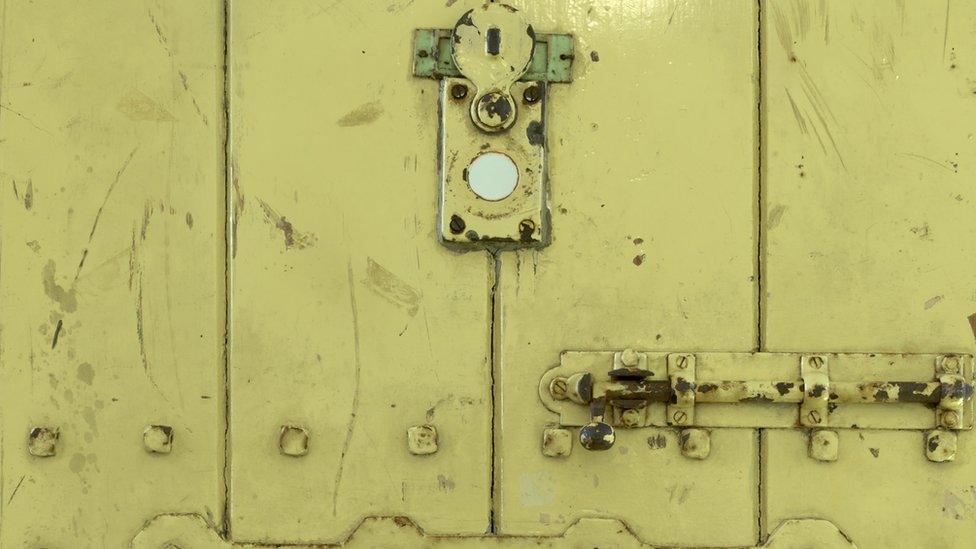
Visitors will be given the chance to see Oscar Wilde's original cell door
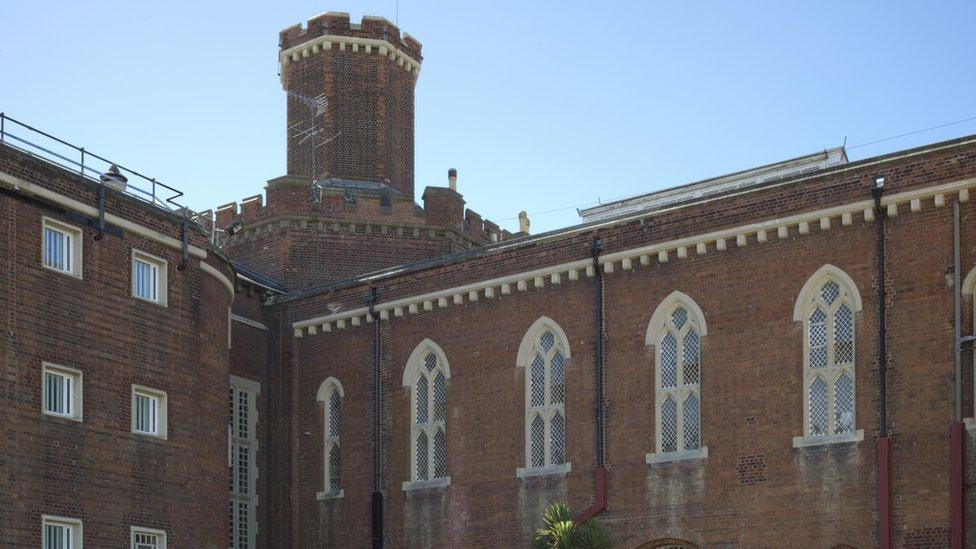
Oscar Wilde was held at the prison between 1895 and 1897 and wrote about his experience in his poem, The Ballad of Reading Gaol
Artangel co-directors Michael Morris and James Lingwood said the building was a "powerful place" and they had taken away some of the more recent structures inside the prison to return it, as much as possible, to the way it would have been when it was built.
The event opens on Sunday and continues until 30 October.
- Published21 July 2016
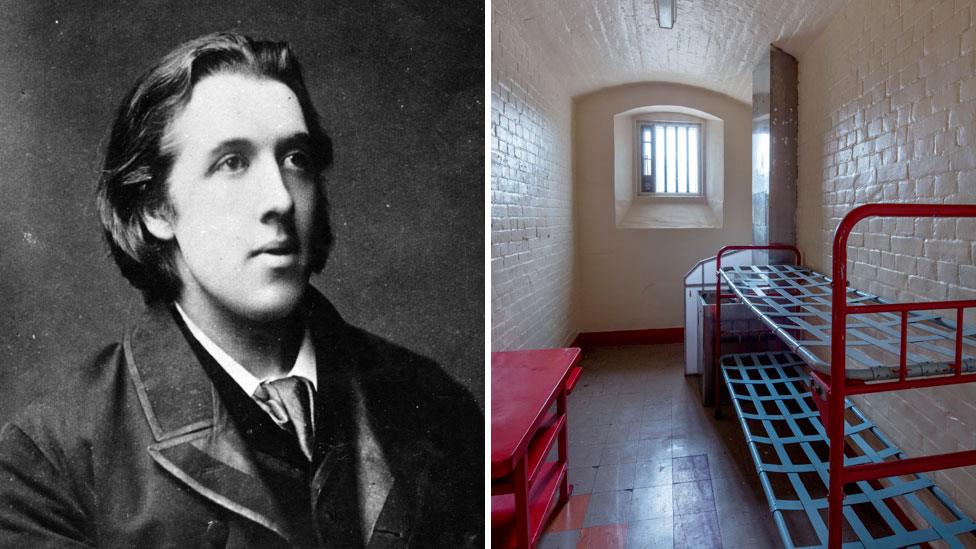
- Published21 July 2016
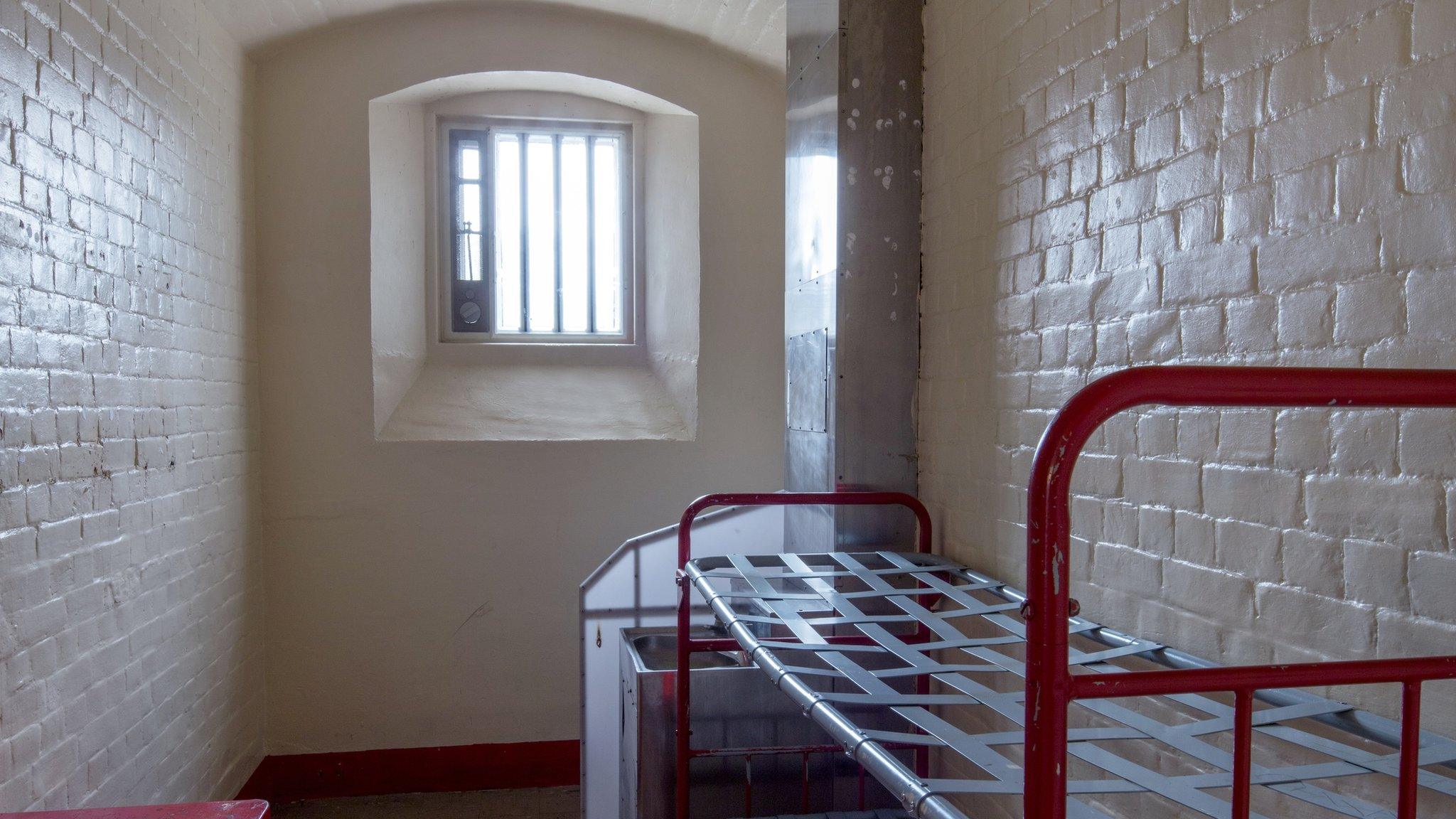
- Published25 May 2016
